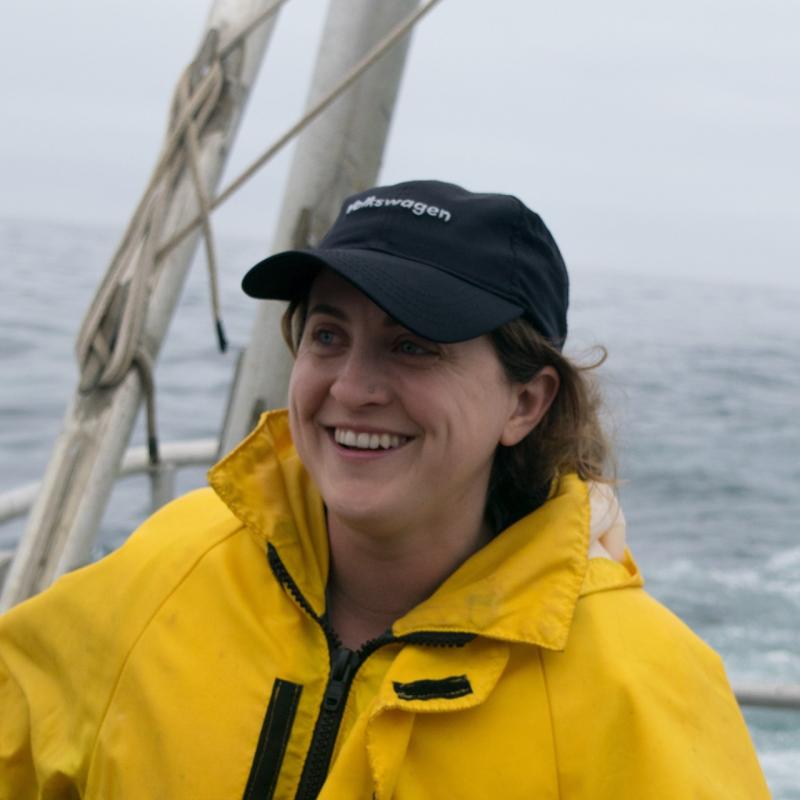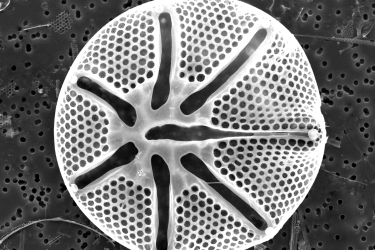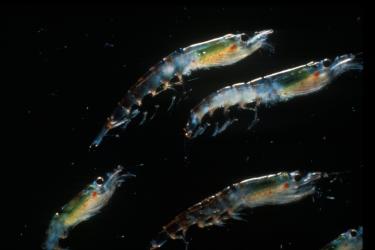We've just returned from another successful Newport Line trip. It was slow going, as we were socked in by fog, but we enjoyed calm seas and even a bit of thunder and lighting. At the nearshore stations, vertical nets and bongos were dominated by thick, goopy phytoplankton. We couldn't see much more than a meter below the surface. At NH25, the furthest offshore station, we encountered a healthy amount of juvenile krill. And much to our surprise, since they have been scare since the early summer blooms, a single large pyrosome!
Returning home, we were especially interested to look at the physical data collected by the CTD as other agencies in Oregon have noted signs of low oxygen levels. One sign included a crab die-off caught on camera by the ODFW marine reserves program. Lo and behold, in August and September we encountered hypoxic conditions, defined as oxygen levels< 1.4 ml/L, along the NH line.
These low oxygen levels can be fatal to marine organisms. In August, the layer was more extensive, occurring at the near shore station ~50 m and continuing off the shelf. Hypoxia, or low oxygen levels, have been measured seasonally off Oregon and Washington since 2002 with varying levels of severity. One of the reasons for these low oxygen waters is attributed to strong upwelling and the resultant phytoplankton blooms that die, sink, and deplete oxygen levels at depth.
The effects on marine organisms is varied, but can include mass mortalities, changes in distribution, and reduction in biomass, even for more mobile organisms.
Coastal hypoxia off Oregon is often described as the 'new normal' and is an active area of research. Cruises along the NH Line are important to help track spatial and temporal variation and extent of these hypoxic events.






